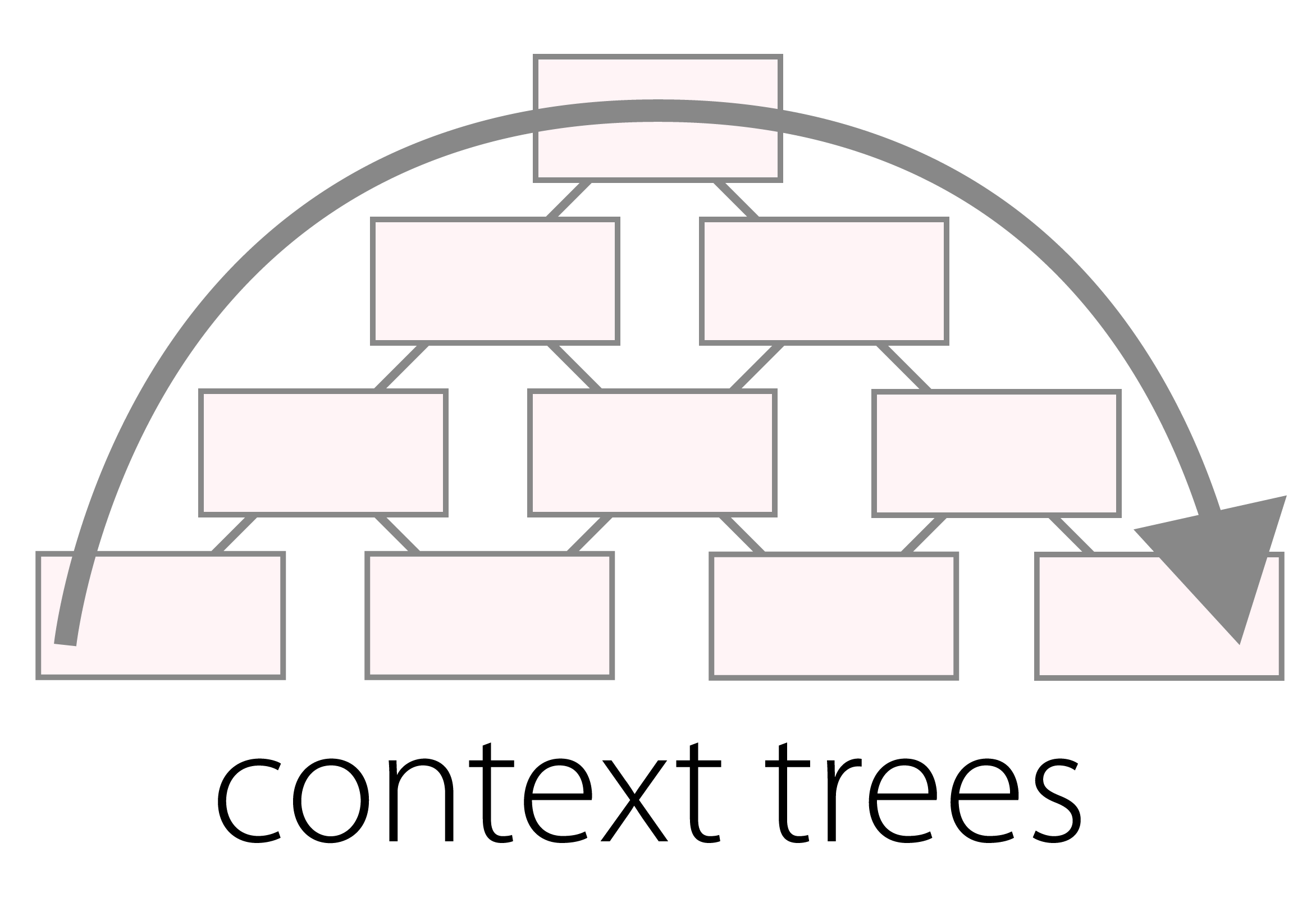
| | |
Vasilis Verroios, Michael Bernstein
| |
HCOMP: Human Computation, 2014
|
|
Crowdsourcing struggles when workers must see all of the pieces of input to make an accurate judgment. For example, to find the most important scenes in a novel or movie, each worker must spend hours consuming the entire plot to acquire a global understanding and then apply that understanding to each local scene. To enable the crowdsourcing of large-scale goals with only local views, we introduce con- text trees, a crowdsourcing workflow for creating global summaries of a large input. Context trees recursively combine elements through written summaries to form a tree. Workers can then ground their local decisions by applying those summaries back down to the leaf nodes. In the case of scale ratings such as scene importance, we introduce a weighting process that percolates ratings downwards through the tree so that important nodes in unimportant branches are not over-weighted. When using context trees to rate the importance of scenes in a 4000-word story and a 100-minute movie, workers’ ratings are nearly as accurate as those who saw the entire input, and much improved over the traditional approach of splitting the input into independent segments. To explore whether context trees enable crowdsourcing to undertake new classes of goals, we also crowdsource the solution to a large hierarchical puzzle of 462,000 interlocking pieces.
|
|
|
This project is known for:
crowdsourcing
